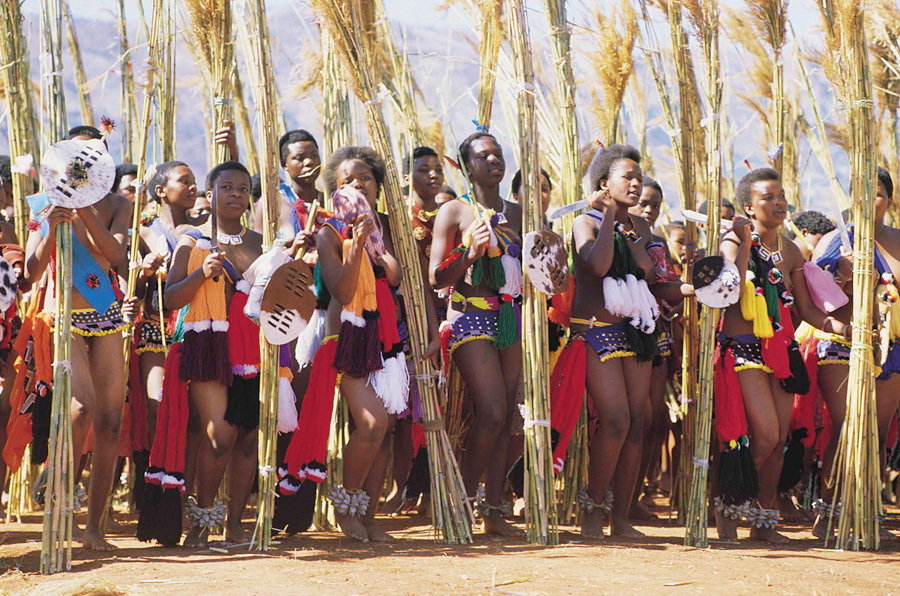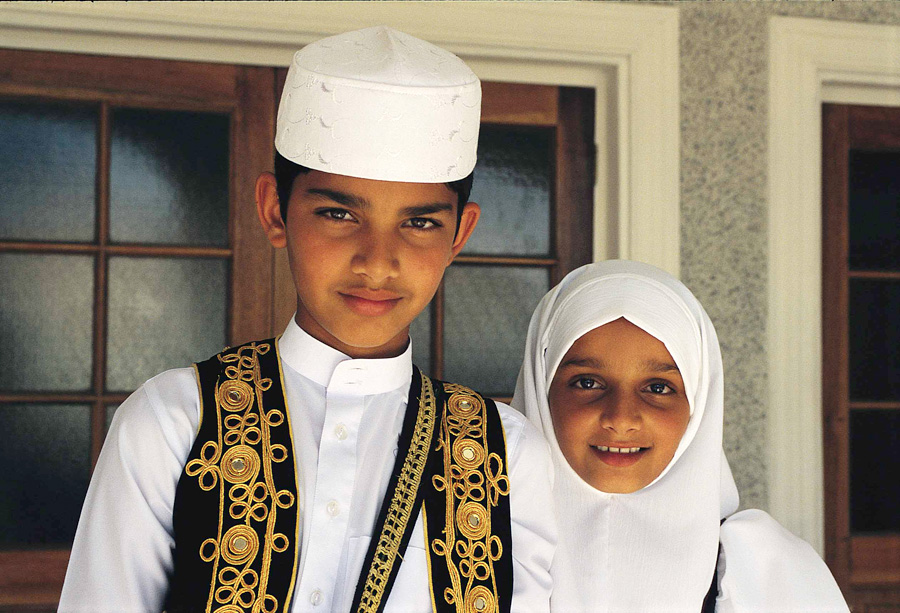How South African Culture Today can Save You Time, Stress, and Money.
How South African Culture Today can Save You Time, Stress, and Money.
Blog Article
South African Culture Today - Questions
Table of ContentsThe smart Trick of South African Culture Today That Nobody is DiscussingGet This Report on South African Culture Today10 Simple Techniques For South African Culture TodayThe 30-Second Trick For South African Culture TodayNot known Facts About South African Culture TodayFascination About South African Culture Today
This follows with singing and drum whipping. The bride-to-be and bridegroom then satisfy with the seniors and discuss the value of their union. An issue of significance in Zambian towns is the diing of loved ones. All members of the town placed cash, time and effort with each other for the funeral of the deceased.Throughout the grieving period; men stay outside your house and the women stay inside the home of the deceased. After speaking concerning the deceased, the village walks to the location of funeral to say their last farewells. Songs and dancing is a really important element of the Zambian society. The various tribal devices have their very own dancing kinds; however, makishi is common amongst all tribes.
South African Culture Today - The Facts
When it pertains to music, drums are made use of the most, with a selection of drumming ceremonies. In Zambia, bulk of individuals are Christian; Protestant and Roman Catholic. There are tiny groups of Muslims and Hindus, with the rest complying with neighborhood native tribal ideas.

South African heritage and society is immensely diverse, and consists of various teams of people who each have their own practices and beliefs. Having such a variety of people and societies is what makes South Africa so special. In the real feeling of the expression, we are a rainbow country.
South Africa has around 3 hundred thousand Portuguese individuals living in it. Making it the 7th on the list of nations with one of the most Portuguese people in it outside of Portugal. Portuguese is not only a culture, but it is likewise a language and a race. Portuguese people stem from the nation of Portugal in Europe, nevertheless, due to Portugal (like many various other nations in Europe) exploring the world and dominating various other nations throughout the 15th 20th centuries, South Africa has what we call Portuguese South African's living in it.
South African Culture Today Can Be Fun For Everyone
Among the prominent functions of the topography is a plateau that covers almost 2 thirds of the center of the country. The plateau facility increases toward the southeast, where it culminates in the Drakensberg array, part of a cliff that separates the plateau from the seaside areas. The Drakensburg includes Sparkling wine Castle, the highest top in the nation.
The area north of the Witwatersrand, called the bushveld, slopes downward from east to west towards the Limpopo River, which develops the global boundary. The western area of the plateau, the middleveld, also comes down towards the west and differs in altitude between the highveld and bushveld. Between the Drakensburg and the eastern and southerly coastline, the land descends to the sea.
Nearer the coastline there is a low-lying level called the eastern lowveld. Southwest of the plateau the nation becomes gradually extra arid, paving the way to the hostile desert of the Great Karroo, verged on the east by the reduced, much better watered plateau of the Little Karroo. Separating the dry southerly inside from the sandy coastal of the southern coast and West Cape is one more array, the Langeberg.
Not known Facts About South African Culture Today
The country's racially, ethnically, and politically split background has actually generated nationwide and subnational icons that still function as symbols of the nation, and others icons that are approved just by particular click here for more info teams. The monoliths to white settler conquest and political dominance, such as the Afrikaner Voortrekker ("pioneer") Monolith in Pretoria and the Rhodes Monument recognizing the British colonial empire home builder and Cape prime preacher Cecil Rhodes, remain sectarian symbols.
The first modern-day citizens were the San ("bushman") hunter-gatherers and the Khoi ("Hottentot") individuals, who herded animals (South African culture today). The San might have existed for countless years and left evidence of their visibility in countless ancient cavern paints ("rock art"). Bantu-speaking clans that were the ancestors of the Nguni (today's amaZulu, amaXhosa, amaSwazi, and vaTsonga peoples) and Tswana-Sotho language teams (today's Batswana and Southern and Northern Basotho) migrated down from eastern Africa as early as the fifteenth century

The two previous republics of the Orange Free State and Transvaal (South African Republic) were developed by this page Afrikaner settlers that beat and dispossessed the Basotho and Batswana. Lesotho would have been forcibly included into the Orange Free State without the extension of British security in 1869. The ultimate unification of the country arised from the South African War (18991902) in between the British and both Afrikaner republics, which minimized the nation to mess up at the start of the twentieth century.
Afrikaners historically considered themselves the only real South Africans and, while providing full citizenship to all locals of European descent, rejected that standing to people of color up until the democratic change of 1994. British South Africans preserve a sense of cultural and social connection to Great Britain without deteriorating their identification as South Africans.
South African Culture Today Can Be Fun For Anyone
The variety and fragmentation within ethnic groupings and the balance of tensions in between those groups during the twentieth century stopped interethnic civil dispute. While intergroup tensions over sources, entitlements, and political supremacy stay, those conflicts are as likely to pit Zulu versus Zulu as Zulu versus Xhosa or African versus Afrikaner.
From colonial India, British vendors and managers brought the rounded steel decorative roofing systems and slender lace job pillars that still exemplify the verandas of cottages arounds and cities throughout the nation. Holy places contribute an important building facet also in the tiniest towns. In enhancement to the skyrocketing steeples and timeless stonework of Afrikaans Dutch Reformed churches, Anglican churches, synagogues, mosques, and Hindu temples supply selection to the religious architectural scene.

Butchering and the developing of typical grain beer are necessary in safeguarding the participation and goodwill of the forefathers that are taken into consideration the guardians of good luck, success, and well-being. Indian neighborhoods keep their indigenous cooking practices and apply them on Islamic and Hindu routine and ritualistic celebrations. Afrikaners and Coloured individuals collect at weekends and unique events at multifamily barbeques called braais, where neighborhood bonds are strengthened.
Due to the fact that this was the key financial business of both black Africans and white homesteaders, conflict in between those teams fixated the possession of grazing land and animals. In 1867, the largest ruby down payments on the planet were found at Kimberley in the west main location. The wide range from those areas aided finance the exploitation of the best useful site gold coral reef on the planet, which was uncovered on the Witwatersrand in 1886.
The Only Guide to South African Culture Today
This led to misconceptions and calculated misstatement in the negotiations of white inhabitants and federal government authorities with African chiefs throughout the colonial period (South African culture today). In the facility of African reserves, some elements of public and chiefly "tribal count on" land tenure were preserved, and also in white country areas, forms of communal tenure were still exercised in areas with African areas
After the democratic transformation of 1994, programs for land restitution, redistribution, and reform were instituted, yet progression has actually been slow. The white minority still regulates eighty percent of the land. In the wake of farming land intrusions in Zimbabwe, the Division of Land Matters has actually pledged to speed up land redistribution.
Report this page